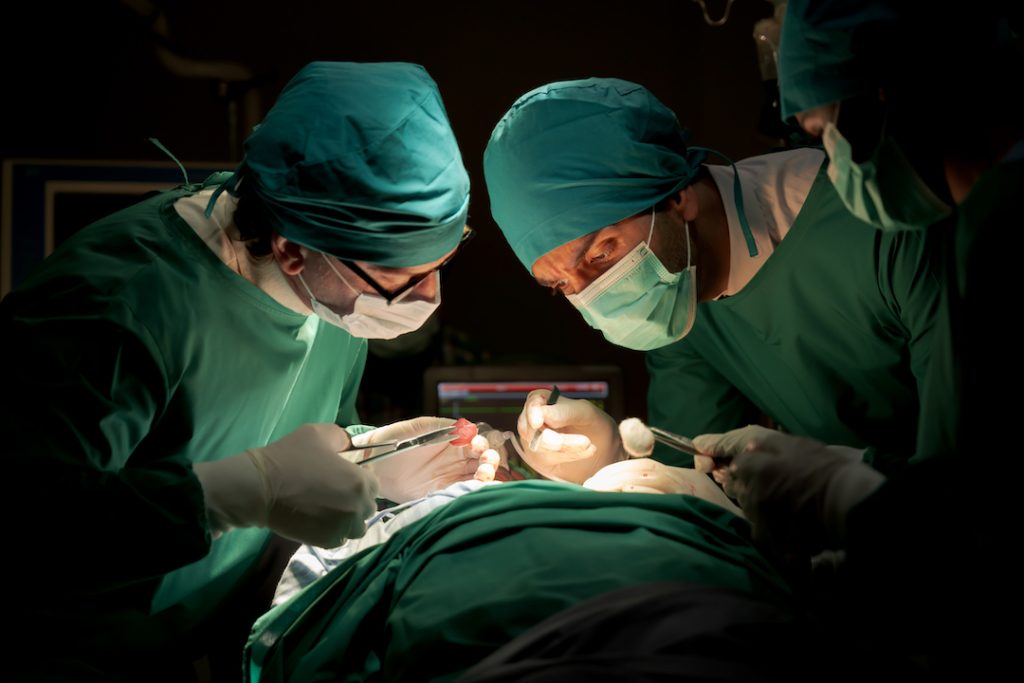
Recovery After Laparoscopic Surgery: How It Differs from Open Procedures
Surgery can be a big event in your life, but the way your procedure is performed can make a major difference in how you heal. Thanks to advances in medical technology, many surgeries can now be performed using minimally invasive techniques. If you’re preparing for a procedure and wondering about recovery after laparoscopic surgery, this guide will walk you through what to expect and how it compares to traditional open surgery.
What Is Laparoscopic Surgery?
Laparoscopic surgery—also known as minimally invasive surgery—involves making several small incisions rather than one large one. Through these small openings, a surgeon inserts a tiny camera and specialized instruments to perform the operation with precision and less disruption to surrounding tissue.
This method is commonly used for:
- Hernia repairs
- Gallbladder removal
- Bariatric procedures
- Colorectal surgeries
- Certain cancer surgeries
By avoiding large incisions, laparoscopic techniques help reduce pain, speed up healing, and minimize visible scarring.
Key Benefits of Laparoscopic Over Open Surgery
Before diving into the specifics of recovery after laparoscopic surgery, it helps to understand why many surgeons prefer this technique when it’s appropriate:
- Smaller incisions mean less tissue damage and lower risk of infection
- Reduced blood loss during the procedure
- Less postoperative pain, often requiring fewer narcotics
- Shorter hospital stays, often same-day or next-day discharge
- Faster return to normal activities, including work and light exercise
- Improved cosmetic outcomes with minimal scarring
These advantages don’t just improve the recovery process—they also help patients feel more comfortable and confident throughout their healing journey.
What to Expect During Recovery After Laparoscopic Surgery
So, what makes recovery after laparoscopic surgery different? While all surgical recovery involves rest, follow-up care, and listening to your body, laparoscopic procedures generally make the process much smoother.
1. Shorter Downtime
Most patients are back on their feet and performing basic tasks within 24–48 hours. You’ll still need to take it easy, but you’re less likely to feel the extreme fatigue or soreness common with open surgeries.
2. Less Postoperative Pain
The smaller incisions used in laparoscopic surgery heal more quickly and cause less pain. Many patients only need over-the-counter pain relievers. That means you may avoid stronger medications and their side effects, like constipation or grogginess.
3. Quicker Return to Work and Daily Life
Depending on the procedure, many patients can return to desk jobs within a week. Strenuous activity or heavy lifting should still be avoided for a few weeks, but overall, recovery after laparoscopic surgery is often measured in days, not weeks.
4. Minimal Scarring
With incisions often less than half an inch long, cosmetic outcomes are one of the biggest benefits. Scars are smaller and more discreet, helping patients feel more confident about their appearance post-op.
5. Lower Risk of Complications
The smaller wounds heal faster and are less prone to infection. With fewer complications and shorter hospital stays, your body can focus on healing instead of fighting setbacks.
What to Do After Surgery to Speed Up Healing
Whether you’ve had laparoscopic hernia repair, gallbladder removal, or another procedure, here are some simple ways to support a smooth recovery:
- Stay hydrated and eat light, nutrient-rich meals
- Follow post-op instructions closely, especially regarding incision care
- Walk daily (as advised) to boost circulation and prevent blood clots
- Avoid lifting heavy objects until your surgeon clears you
- Watch for signs of infection, such as fever, redness, or unusual swelling
- Attend all follow-up appointments to ensure everything is healing properly
Your care team at Surgical Associates of Tulsa will provide personalized instructions to help guide you through each step of your recovery.
How It Compares to Open Surgery Recovery
Traditional open surgery usually involves:
- Larger incisions
- More pain and swelling
- Longer hospital stays (often 2–4 days)
- Increased risk of complications like infection or hernia recurrence
- Recovery periods that can last 4–6 weeks or longer
By contrast, recovery after laparoscopic surgery is faster and often more comfortable. Patients regain mobility sooner and return to daily life with fewer restrictions.
When to Call Your Doctor
While complications are rare with minimally invasive surgery, it’s important to stay alert. Contact your doctor if you notice:
- Severe or worsening pain
- Persistent fever or chills
- Nausea or vomiting
- Bleeding or pus from incision sites
- Trouble urinating or unexpected swelling
The team at Surgical Associates of Tulsa is always here to answer questions and provide support during recovery.
Final Thoughts
If you’re preparing for surgery and have concerns about downtime or healing, you’re not alone. The good news is that recovery after laparoscopic surgery is typically faster, safer, and easier than traditional open procedures. At Surgical Associates of Tulsa, we’re proud to offer advanced minimally invasive techniques that help patients get back to their lives with confidence. Ready to learn more about whether laparoscopic surgery is right for you? Schedule a consultation today and take the first step toward a smoother recovery.